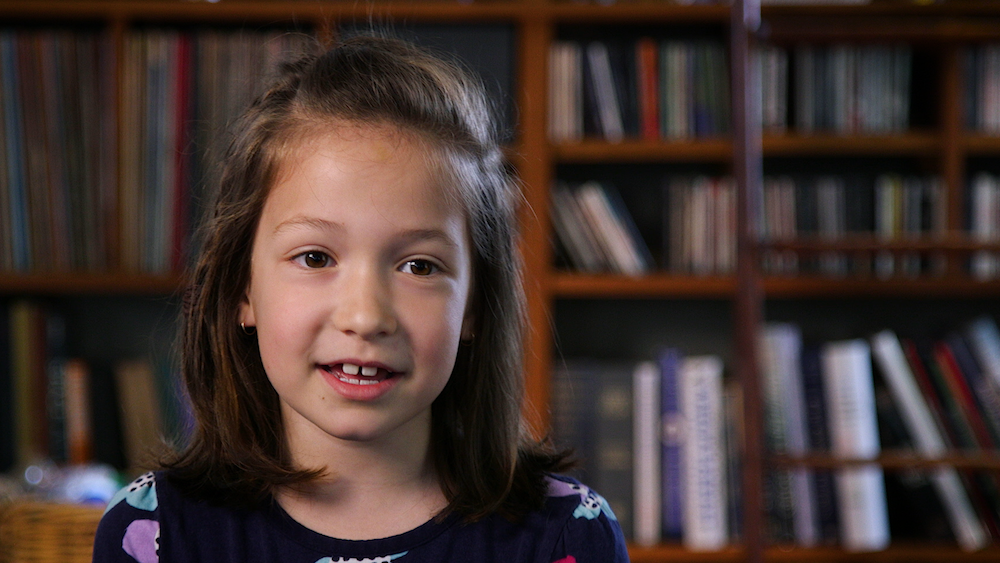By Nadine Dehgan
Hearing Health Foundation (HHF) joins the healthcare community and all parents in celebrating Newborn Screening Awareness Month.
Newborn screenings assess babies’ health within the first 24 to 48 hours of life. These quick and painless evaluations check for potentially harmful conditions that would otherwise not be apparent at birth. Included in this process are screenings for hearing loss, which is detected in three out of every 1,000 babies born in the U.S. 90 percent of babies identified with hearing loss have parents with typical hearing.
Hospitals use two safe and comfortable newborn hearing screening tests. Otoacoustic emissions (OAE) tests examine the nearly inaudible sounds, or emissions, produced by ear stimulation using a soft foam earphone and microphone. The inner ears of babies with typical hearing produce these emissions when stimulated by sound, while those with a hearing loss greater than 25-30 dB do not. Auditory brainstem response (ABR) tests measures how the hearing nerve responds to sounds. A hearing specialist plays sounds into the baby’s ears, while bandage-like electrodes are placed on the baby’s head to detect brain wave activity. Printed results show a pass or fail result.
A proactive approach to hearing health begins at birth. An early hearing loss diagnosis—before hospital departure—enables parents and families to pursue intervention, such as hearing devices, assistive devices, and/or sign language, as promptly as possible. Intervention of any kind permits children with hearing loss to enjoy healthier outcomes related to speech and language acquisition, academic achievement, and social and emotional development.
“When [profound bilateral] hearing loss was confirmed, I felt I had to do everything in my power,” recalls Dr. Nada Alsaigh, a pathologist, who made sure her son, Alex, was first amplified with hearing aids at three months. “We were lucky to know early, so Alex was not affected in a negative way.”
“[My son] Ethan received his first set of hearing aids when he was eight weeks old,” explains Jason Frank, a corporate attorney and member of HHF’s Board of Directors. “It’s really been amazing to watch over the last seven years how far he’s come. He has a wonderful appetite for learning.”
Cognitive advancements for children like Ethan and Alex would not be possible without support for universal newborn hearing screening (UNHS) from HHF and likeminded organizations. In 1993, a staggeringly low rate of newborns—five percent—were tested for hearing loss in the hospital. This number increased to 94% by the end of the decade. Today, nearly all babies undergo this vital test.
“The institution of infant hearing screening at birth has been critical to speech and language development in the first two years of life [of a child with hearing loss],” says Anil K. Lalwani, M.D., Columbia University surgeon and member of HHF’s Board of Directors. “Before infant hearing screening was mandated, the average age of diagnosis for hair loss in a child with profound was two-and-a-half or three-years-old—later than recommended to begin intervention.”
In fact, a 2017 University of Colorado Boulder study of children with bilateral hearing loss further underscores the need for identification of hearing loss at a young age. Primary investigator Christine Yoshinaga-Itano, Ph.D., and team found that children who received intervention for hearing loss by six months had significantly higher vocabulary quotients than those who did not.
Though UNHS is highly-regarded by hearing experts like Drs. Lalwani and Yoshinaga-Itano, its security has been jeopardized. Last year, proposed cuts to the 2018 federal budget threatened to remove the $18 million allocated toward newborn hearing screenings in all 50 states. Given the lifetime costs of profound untreated hearing loss of nearly $1 million, a $18 million investment in screenings is surely worthwhile. Both the fiscal and health benefits of UNHS generated bipartisan support and, in 2017, the Early Hearing Detection and Intervention (EHDI) Act became law to sustain funding until 2022.
“We can’t imagine what it would have been like not to know,” Jason says. Ethan taught himself to read at three-and-a-half years old, which Jason and his wife believe is a direct result of Ethan’s access to sound and language at a very early age.
HHF implores policymakers to preserve newborn hearing screenings come 2022. The elimination of UNHS would be a tremendous disservice to our nation’s children with hearing loss. Learn more about how early intervention created positive health outcomes for Ethan and Alex in HHF’s short video (also shown above).





